Intelligent Transformation for Your Business Through LLM.
Build. Fine-tune. Deploy. At Scale.
Esferasoft fully realises the potential of any Large Language Model, whether it is a custom-made version or a tuned variant, enabling you to automate more intelligently, gain more insightful insights, and create seamless workflows.
Increase productivity. Improve accuracy. Increase innovation.
LLM Development Services Built for Performance and Scale
We provide extensive LLM development solutions, which would empower businesses to unleash the AI’s full potential through scalable, intelligent, and industry-ready solutions.

LLM Consulting
It is strategic consulting to assist in exploring and implementing the right LLM solutions. Our team does feasibility studies and builds an implementation plan while ensuring that it aligns with the goals of your business.

Creation of Big Language Models
We deal with the whole lifecycle of LLM development, involving high-end model creation quite at par with NLP and deep learning in generation and, importantly, accurate contextual languages like human beings.

Custom Solutions Development
We develop custom solutions powered by Large Language Models (LLMs), including chatbots, virtual assistants, sentiment engines, and speech recognition systems, all geared toward business objectives significant for the user needs.

App Development for LLMs
Our company excels in developing LLM-integrated intelligent apps, from sponsoring the ingenious idea to the final product. Be it any solution, we build it delivering immaculate performance, absolutely frictionless UX, and adherence to business objectives.

Model Integration with LLM
Our LLM integration services include detailed understanding and tailoring of the model according to the workflows of customer service, content management, or enterprise operations by the employee. Smooth compatibility will ensure optimal outcomes.

Support and Maintenance
Continuous support services are made available to guarantee solutions with LLM success in the long run. Performance monitoring, re-coding, bugs, and system improvements form part of it.
Let's Talk About Your Project
Get a free consultation and share your idea—we’ll help you transform it into a powerful, AI-driven product.
Core Capabilities in LLM Developmen
At Esferasoft, we maximise the advantages of advanced AI frameworks along with our deeply imbibed expertise in different domains to render tailor-made LLM solutions tailored towards solving complex business challenges.
Natural Language Processing
Building fundamentally custom NLP models using NLTK, spaCy, TensorFlow, etc., where advanced NLU and NLG are made possible through these frameworks.
Machine Learning
The trained Engineers use Scikit-learn, Pytorch, and Keras for exercising various supervised, unsupervised, and reinforcement learning types of algorithms for making decisions by AI.
Fine-tuning
Tailored semi-supervised training techniques to task specifications for domain-specific tasks are fine-tuning LLMs such as BERT, LaMDA, or BLOOM while optimising data and architecture model parameters to achieve maximum relevance and accuracy.
In-context Learning
Using PyText, FastText, etc. in our system, we allow LLMs to learn from information in new contexts to adapt to user behaviour and changing business contexts with higher accuracy over time.
Few-shot Learning
Within our ecosystem, meta-learning toolkits like MTL and Reptile are employed by our team to create robust LLMs that can tackle new tasks with very little training data, which is much needed in a dynamic and data-scarce environment
Sentiment Analysis
Our highly accurate sentiment analysis engine combines Naive Bayes machine learning with analyses performed through NLTK and VADER to remotely assess customer feedback and user intent on a grand scale.
Large Language Model Development Company

The top ruler’s recognition of our innovative solutions and dynamic growth for superior excellence fills us with immense joy. We have proved the boundaries and delivering practicable digital success through those partnerships.

AppFutura
Top App Development Company

GoodFirms
Top Mobile App Developers

Clutch
Top 100 Companies 2024
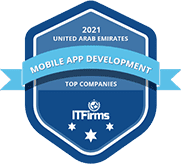
IT Firms
World’s Top Mobile App Development Companies 2024

Clutch
Top Developers in India 2024
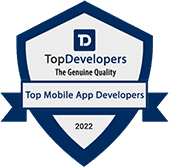
TopDevelopers
Top Mobile App Developers
Have a Project in Mind? Let’s Bring It to Life
Share your vision, and we’ll quickly connect to shape the right AI solution for your business.
Inside the LLM Toolbox
Inside the LLM Toolbox
- How To Build A Custom LLM: Key Steps
- Enhancing the Languaging Functionality with LLM Integration
- Key Differences Between Large Language Models and Traditional Natural Language Processing (NLP)
- Top Benefits of Large Language Models in Applications
- Challenges and Considerations When Integrating Large Language Models
- Ethics-First Approach to Large Language Model Development
What Are Large Language Models (LLMs)?
The LLMs, or Large Language Models, are the most advanced AI systems produced to handle almost all aspects of human language processing, understanding, and even generation. The LLMs can do these things solely by virtue of deep learning techniques, perfecting their architecture through a transformer. They are loaded with billions of parameters to learn the language in context to identify or recognise, as well as, later, judge what sounds well or seems correct per tonal agreement.
The training of LLMs is based on a huge and varied text dataset that may be from books, research articles, websites, or other text-heavy repositories. With this training, they learn to predict patterns in language (that is, anticipate the succeeding word from the context of past words) using the context of the surrounding text. This process develops a fine understanding of grammar, syntax, semantics, and tone in the language models.
Once they are deployed, LLMs realised numerous language functionalities:
- Human-like text generation
- In-context answer to questions
- Language translation
- Summarization of documents and articles
- Conversational AI systems and virtual assistants
With very high utility and accuracy, they are desirable in almost all domains in the industry, such as customer service, content, healthcare, education, and finance, among many other fields. They are redefining how businesses come to terms with the data, systems, and users heuristically.
How To Build A Custom LLM: Key Steps
- Define Use Case: Get the business problem really sharp, objectives clear, and what model is going to do to help it.
- Collect Data: Quality, really relevant text data that will have captured the way you want the model to learn the language.
- Data Preprocessing: Clean, tokenise and format in a way ready to train on.
- Choosing Architecture: You select the transformer-based model that suits your particular language task.
- Train the Model: Feed the data and tweak the parameters to get minimum prediction error.
- Fine Tuning: Optionally: Improving an accuracy of the model through domain specific data to make it good for the task.
- Evaluate: Assess on validation data quality, reliability, and readiness to fit real-world situations.
- Tune Hyperparameters: Adjust those necessary settings that may determine most of the speed, accuracy, and efficiency of the model.
- Deploy: Deploy the model across APIs or developed interface systems within the configurations for trustworthy systems.
- Monitor and Maintain: Track and maintain views performance-wise and also track user comments, adapt as necessary where business needs are converging or diverging.
- Ethics and Privacy: Context and thus also sensitive or user-created content types will inform responsible AI practices in applications.
Enhancing the Languaging Functionality with LLM Integration
Integrating Large Language Models (LLMs) into your systems would skyrocket the ability to use language in applications. Here are some ways LLMs bring their smarter, more human-like abilities to different platforms:
- API Integration
LLMs can be accessed through an API that accepts a short piece of text and then returns outputs as various language tasks, generation, sentiment analysis, or Q&A. This will enable intelligent features in your applications using these integrated technologies.
- Develop Custom API
Wherever there is a requirement for specific functionality unique to the particular use case, the application of custom APIs based on LLMs refers to particular workflows that the system is enabled for in personal, business-defined language tasks.
- Chatbots and Virtual Assistants
Equipping chatbots with LLMs allows them to understand language at a more profound level and handle complex queries, provide more accurate answers, and appear human-like when engaging with users.
- Content Generation
Examples of content types include product descriptions, blog posts, and marketing content. Whatever the type, high-quality text generation has been automated through integration with LLMs. The process saves time while maintaining consistency and tone.
- Sentiment Analysis
In reading the feedback, reviews, or social postings of subjects in text, trends of sentiment can be found. The LLM-powered systems are able to provide the businesses with tone, intent, and emotion detection.
- Language Translation
Offer real-time translation across several languages while considering nuances in context – great for businesses with customers on an international level and for cross-border communication.
- Text Summarization
Quickly distill lengthy content into clear, concise summaries—great for streamlining content consumption and increasing access to knowledge.
- Search and Information Retrieval
Improves the search experience by understanding user intent, resulting in pulling back much more relevant, contextual results out of your data silos.
- Grammar and Style Correction
Add-on LLMs would include correcting grammar and tone in writing, offering intelligent edits based on context.
- Personalisation
Thus, LLMs will learn to adapt consumers’ behaviours to personalise the content they serve, the responses they give, and the experiences they deliver—all of which are critical steps for enhancing engagement and relevance.
Key Differences Between Large Language Models and Traditional Natural Language Processing (NLP)
Innovations in Languaging Models: LLMs:
- Definition and architecture: LLMs are essentially advanced AI systems based on deep learning, specifically transformer models that understand languages and generate them very accurately.
- Data-Driven Learning: They are unsupervised, learning from colossal and unlabelled datasets and automatically identifying the patterns without human intervention.
- Versatility: It is a single LLM capable of doing multiple tasks such as text generation, translation, Q&A, and summarisation without the need to be designed for a specific task.
- Meaning Contextual Understanding: LLMs have an understanding related to the meaning of words in relation to context and generate more straightforward and relevant result outputs.
- Transfer learning: It is pre-trained across a wide dataset and requires little additional cost for training to accomplish certain tasks.
- Computational Demand: This model is computationally intensive with respect to its size and complexity and requires powerful infrastructure.
- Creativity & Coherence: LLMs will generate fluid, natural, and creative language towards improving user experience.
Traditional NLP :
- Definition and Methods: Traditional NLP is rule-based, using handcrafted features – most effective for well-posed, narrow tasks.
- Supervised Learning: This study includes labelled datasets; therefore, it is not scalable and will require more effort before developing one.
- Task-Specific Builds: Thus, every function needs an independent design of a model, which tends to limit flexibility between them.
- Limited Contextual Depth: Usually, traditional models adopt static rules, hence rendering them inept in reading subtle meaning.
- Less Transfer: Engineered features do not allow cross-domain reuse.
- Lightweight Design: Models are not resource-hungry, ideally suited to constrained environments.
- Lower Expressiveness: They are, then, less capable of producing smooth or dynamic language.
Top Benefits of Large Language Models in Applications
Large language models are creating major upheavals in traditional industries by transforming the way machines understand and produce human languages. Some advantages may be listed as follows:
- Accuracy Improvement
Since LLMs learn the intricate patterns of human language from a large varied dataset, they achieve high accuracy in difficult tasks such as translation, sentiment analysis, and Q&A.
- Contextual Understanding
They consider language in context, leading to coherent, relevant, and natural responses—just the way chatbots, summaries, and autocompletions should be.
- Generalisation
With no special engineering to be done on one model, the further complexity is removed and speed enhancement for the development occurs.
- Transfer Learning
These LLMs get pre-trained over huge datasets and therefore can be fine-tuned for certain domains very fast, thus saving time while lifting performance.
- Multilinguality
Since LLMs span multiple languages, they provide real-time translation and communication between users across the globe.
- The Human-Like Way of Interacting
They power virtual assistants and chatbots that understand user intent better and respond in a conversational manner.
- Content Generation & Curation
Ats-posts – ensuring tone, consistency, and scale.
- Enhanced Customer Support
Interpreting user queries and responding with relevant answers quickly: improved satisfaction and efficiency in support systems made possible by LLMs.
- Data Analysis & Insights
Analyse unstructured text data to discover trends, sentiment, and actionable insights that thereby influence business decisions.
- Creative Applications
From storytelling to songwriting, LLMs marry creativity with AI—to liberate realms of art, entertainment, and media.
Challenges and Considerations When Integrating Large Language Models
As much as LLMs can bring about a transformation, their embedding within existing systems must grapple with some important technical and strategic questions:
- Computational Resources
Often LLMs need high processing and memory capabilities that may demand hardware replacements or cloud service provisions for smooth operation.
- Latency And Response Times
Invisible changes are wrought to real-time systems due to delays. Response times and responses must, in the case of chatbots and assistants, be fast and responsive enough.
- Data Privacy And Security
Training models on confidential data might, indeed, be an issue of security. The data must be anonymised properly and according to rules that have already been well established.
- Model Bias
LLMs may bear biases derived from the training data and subsequently generate outputs that could be skewed or unfair. There should be constant evaluation, with proper mitigating strategies, for these.
- Domain Adaptation
A generic model may find it hard to hold ground in highly specialised arenas. Fine-tuning the model on domain knowledge would improve accuracy and relevance.
- Integration Complexity
In general, LLM integration into a legacy system may require considerable engineering effort. Well-planned API design and workflow configuration are very important.
- Model Monitoring and Versioning
The continuous monitoring is critical for assessing the models’ performance in real-time, whereas versioning of the models helps to deal with drift and safeguard the quality of output.
- Licenses and prices
Usage charges might be levied, or you may encounter a restriction on how certain models can be used. It is important to clarify the license usage before budgeting and making plans.
- User Training and Support
To use the model properly, owners need training on how it works and how it doesn’t.
- Regulatory Compliance
The applications of LLMs may raise concerns about regulatory compliance related to data privacy and security. Ensuring full legal compliance is a must in a regulated industry.
- Failure and Error Management
Perfection is an unattainable goal for any model. Therefore, the system should implement fallback procedures and error-handling mechanisms to gracefully recover from any errors.
- Model Updating and Maintenance
Keeping the model up-to-date is vital to ensuring accuracy and relevance. The model needs to provide also the facility for retraining based on constant updates in conjunction with your data.
Ethics-First Approach to Large Language Model Development
It is not just know-how but also a moral compulsion to practice ethical responsibility that brings into being the development and deployment of LLMs. The areas sensitive to ethics are:
- Bias and Fairness
LLMs can inherit these biases from training data, and they can also become sources of stereotype reinforcements or discriminatory outputs; thus, bias identification, sourcing from other diverse datasets, and regular audits might be necessary for developers to develop fair and balanced outputs.
- Privacy Issues
Training on some sensitive or user-generated content poses possible privacy risks. These should be backed by safe data access, anonymisation, and mechanisms of consent for adherence to user rights and to their terms of compliance with regulatory requirements.
- Responsible Use of AI
We must exercise the establishment of friendly and ethical AI systems in their deployment to prevent their misuse as doing anything injurious, harmful, or malicious. Each stage of deployment should include transparency, explainability, and accountability.
- Data Handlings and Security
Large amounts of data are needed for the training of the LLMs. By ensuring robust data collection, storage, and access protocols, breaches can be prevented, and sensitive data can be kept safe.
- Stop Misinformation and Misusage
One of the greatest concerns regarding an LLM is its ability to produce persuasive false text. Therefore, safety measures must be put in place to discover and safeguard against the propagation of misinformation as well as making sure that facts are safe from distortion.
- Informed Consent
Clear and specific information must be provided about the potential use of artificial intelligence systems, especially for the collection or processing of data and what happens to input information.
- Models Transparency and Interpretability
Most LLMs work like “black boxes.” Some knowledge about tools which interpret and consider model decisions helps build trust and expose potential flaws.
- Human-in-the-loop Approaches
Through its integration into AI workflows, it assures human oversight so that important business decisions are not left entirely to models. People can give advice or suggestions to correct any bias and moderate inappropriate content from any output produced.
- Constant Evaluation and Improvement
The same would hold for the constant evaluation and improvement owing to the continuously evolving technological landscape. Testing, audits, and updates are among the top-ranked components for maintaining standards and adapting to new risks.
- Regulation and Policy
It is essential to work with policymakers in developing clearer ethical and legal frameworks. Standards on transparency, data usage, and fairness should guide how LLMs are developed and deployed.
Flexible Hiring Models to Fit Your Needs
Select the model of engagement that fits best with your project goals, budget, and timeline.

Dedicated Team
An ideal model for startups, MVPs, and product-oriented companies. You will have a self-managed team of experts such as developers, QA engineers, and project managers, tailored to your project. We share management between your product owner and the Scrum Master.
Why Choose This?
- Agility and adaptability of workflow
- Transparent pricing based on monthly billin
- Highly flexible and scalable
- From end-to-end ownership to delivery

Team Augmentation
Is there a quick fix needed for some talent gap? In the team augmentation model, skilled professionals plug into your existing teams, on site or remote, working directly under your management for seamless integration.
Why select this?
- Get access to expert talent quickly
- Cost-effective and scalable on-demand
- Bypass long-term hiring commitment
- Monthly payments with transparent terms

Project-Based Engagement
This model works well for both well-defined and ever-evolving projects, allowing you to choose between fixed-price or time-based billing according to the complexity or clarity of your project.
Various Engagement Models
- Fixed Price: Best suited for projects ranging from small to midsize with defined requirements and outcomes.
- Time & Material: Most suited for projects with evolving scopes or complex requirements. Pay only for what you used in time and material.
Large Language Model Development Technologies We Use
The Right Tools for Intelligent, Scalable AI Solutions
Esferasoft employs such a carefully considered tech stack with the heterogeneous AI agents, which are intelligent, responsive, and ready for production. This comprehensive device encompasses programming, modelling, deployment, and security, ensuring that your AI agent consistently excels!
- Programming Languages
- Machine Learning and Deep Learning Frameworks
- NLP Tools
- Speech Recognition & Synthesis
- Databases and Data Storage
- AI Infrastructure and Cloud Platforms
- Frontend and Backend Frameworks
- Deployment and Scalability
- ML Workflow Orchestration
- APIs & System Integration
- Security and compliance
- Analytics & Visualization
Python
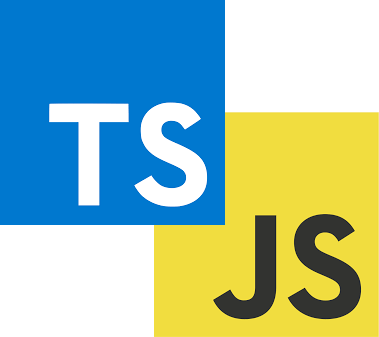
JavaScript / TypeScript

R
Java
TensorFlow

Pytorch
Scikit-learn
Keras
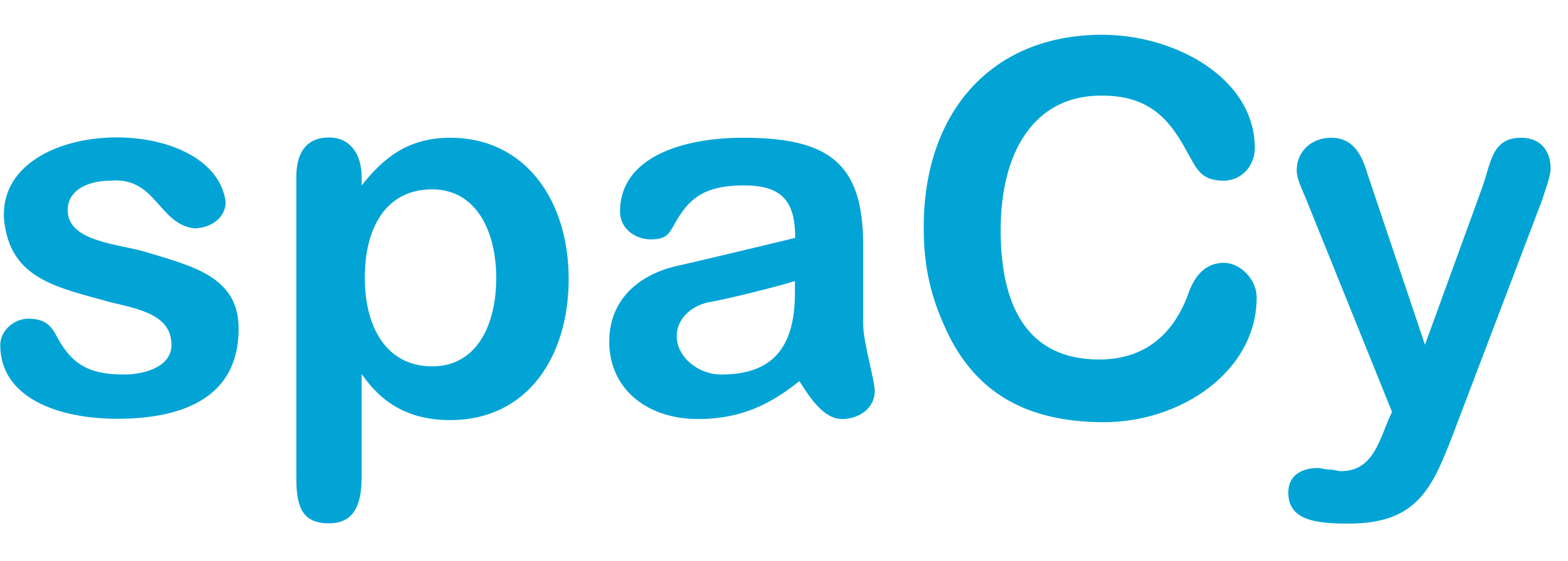
spaCy
Hugging
Dialogflow
NLTK

Google Speech-to-text
Amazon Polly
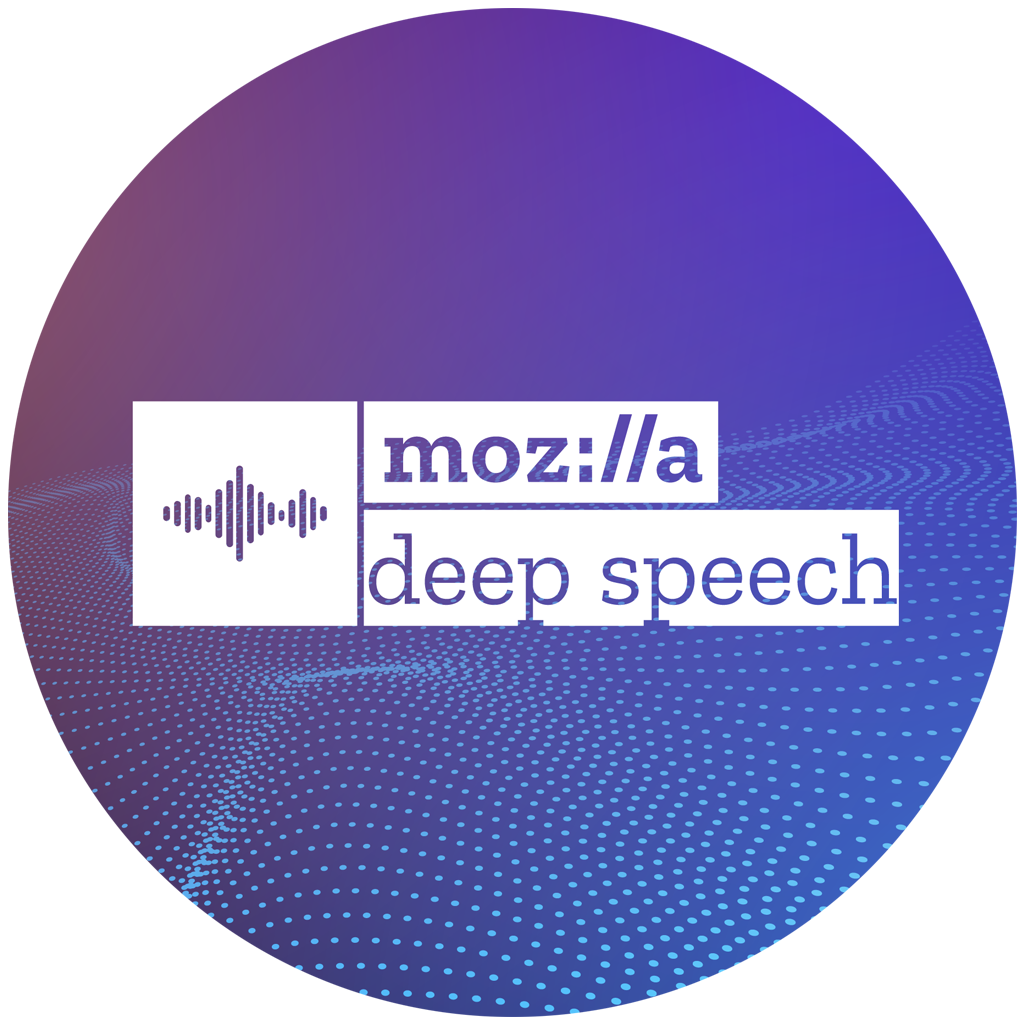
DeepSpeech
MongoDB
PostgreSQL
Redis
Elasticsearch
AWS SageMaker
Google AI Platform

Microsoft Azure AI
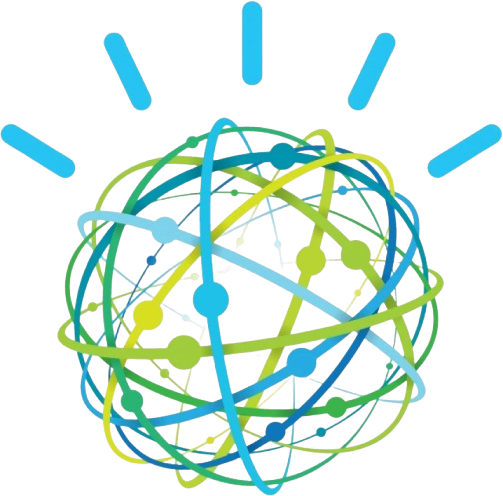
IBM Watson Studio

React
Flask/Django
Node.js
Docker
Kubernetes
Terraform
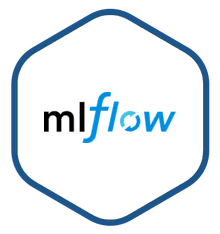
MLflow

Kubeflow
Apache Airflow
OpenAI API

Twilio API

Slack/Teams APIs
OAuth 2.0 and JWTs

TLS/SSL
GDPR, CCPA, HIPAA Compliance

Tableau

Power BI
Plotly / Dash
- Programming Languages
- Machine Learning and Deep Learning Frameworks.
- NLP Tools
- Speech Recognition & Synthesis
- Databases and Data Storage
- AI Infrastructure and Cloud Platforms
- Frontend and Backend Frameworks
- Deployment and Scalability
- ML Workflow Orchestration
- APIs & System Integration
- Security and compliance
- Analytics & Visualization
Python
The mainstay of AI development, with libraries such as TensorFlow, PyTorch, and Scikit-learn.

JavaScript/TypeScript
For developing dynamic web-based AI agents, real-time UIs are possible, too.

R
Ideal for statistical modelling and advanced data analysis.
Java
An enterprise-ready language that scales and stabilises AI for deployment.
TensorFlow
An End-to-end framework for scalable AI solutions.

Pytorch
Flexible, research-driven models.
Scikit-learn
Classic ML algorithms for clustering, regression, and classification.
Keras
A high-level neural network API, perfect for rapid model design.

spaCy
Fast pipeline for tokenisation, classification, and ner in NLP.
Hugging
Face Transformers: State-of-the-art models like BERT, GPT, and T5 for contextual understanding.
Dialogflow
Google’s go-to platform for building AI chat and voice agents.
NLTK
Rich analysis text for linguistic and syntactic tasks.

Google Speech-to-text
Turns spoken words into accurate transcripts.
Amazon Polly
Human-like speech output from text.

DeepSpeech
Open source voice recognition by Mozilla.
MongoDB
Storage for unstructured, document-based data.
PostgreSQL
Powerful SQL database for structured datasets.
Redis
In-memory store for caching and real-time processing.
Elasticsearch
Best suited for search-enabled, analytics-heavy AI agents.
AWS SageMaker
Full-stack cloud ML development and deployment.
Google AI Platform
Scalable tools for model training and serving.

Microsoft Azure AI
Accelerated development using prebuilt AI services.

IBM Watson Studio
An end-to-end environment for managing the AI lifecycle.

React
Responsive and interactive AI dashboards.
Flask/Django
Backend frameworks for model integration to Python.
Node.js
High-speed backend runtime for real-time AI systems.
Docker
Model AI in standalone environments for portability.
Kubernetes
Manage and scale containerized deployments of AI.
Terraform
Automating infrastructure setup and scalability.

MLflow
Experiment tracking, model form filling, and streamlined deployment.

Kubeflow
A solution for ML workflows that is native to Kubernetes.
Apache Airflow
Automating and monitoring complex AI pipelines.
OpenAI API
Build with GPT agents for chat, content, and automation.

Twilio API
Voice, SMS, and communication-driven AI applications.

Slack/Teams APIs
Import AI agents into a company’s communication platform.
OAuth 2.0 and JWTs
Safely authenticate and authorise users.

TLS/SSL
Protect data in transit from outside interference.
GDPR, CCPA, HIPAA Compliance
Prepare for regulatory readiness among industries.

Tableau
Corporate dashboards to see the future with AI.

Power BI
Real-time reporting and business intelligence.
Plotly / Dash
Interactive analytics with Python, where words become stories.
Programming Languages
Python
The mainstay of AI development, with libraries such as TensorFlow, PyTorch, and Scikit-learn.

JavaScript/TypeScript
For developing dynamic web-based AI agents, real-time UIs are possible, too.

R
Ideal for statistical modelling and advanced data analysis.
Java
An enterprise-ready language that scales and stabilises AI for deployment.
Machine Learning and Deep Learning Frameworks.
TensorFlow
An End-to-end framework for scalable AI solutions.

Pytorch
Flexible, research-driven models.
Scikit-learn
Classic ML algorithms for clustering, regression, and classification.
Keras
A high-level neural network API, perfect for rapid model design.
DatabNLP Toolsse

spaCy
Fast pipeline for tokenisation, classification, and ner in NLP.
Hugging
Face Transformers: State-of-the-art models like BERT, GPT, and T5 for contextual understanding.
Dialogflow
Google's go-to platform for building AI chat and voice agents.
NLTK
Rich analysis text for linguistic and syntactic tasks.
Speech Recognition & Synthesis

Google Speech-to-text
Turns spoken words into accurate transcripts.
Amazon Polly
Human-like speech output from text.

DeepSpeech
Open source voice recognition by Mozilla.
Databases and Data Storage
MongoDB
Storage for unstructured, document-based data.
PostgreSQL
Powerful SQL database for structured datasets.
Redis
In-memory store for caching and real-time processing.
Elasticsearch
Best suited for search-enabled, analytics-heavy AI agents.
AI Infrastructure and Cloud Platforms

React
Responsive and interactive AI dashboards.
Flask/Django
Backend frameworks for model integration to Python.
Node.js
High-speed backend runtime for real-time AI systems.
Frontend and Backend Frameworks
Docker
Model AI in standalone environments for portability.
Kubernetes
Manage and scale containerized deployments of AI.
Terraform
Automating infrastructure setup and scalability.
Deployment and Scalability
OpenAI API
Build with GPT agents for chat, content, and automation.

Twilio API
Voice, SMS, and communication-driven AI applications.

Slack/Teams APIs
Import AI agents into a company's communication platform.
ML Workflow Orchestration

MLflow
Experiment tracking, model form filling, and streamlined deployment.

Kubeflow
A solution for ML workflows that is native to Kubernetes.
Apache Airflow
Automating and monitoring complex AI pipelines.
APIs & System Integration
OpenAI API
Build with GPT agents for chat, content, and automation.

Twilio API
Voice, SMS, and communication-driven AI applications.

Slack/Teams APIs
Import AI agents into a company's communication platform.
Security and compliance
OAuth 2.0 and JWTs
Safely authenticate and authorise users.

TLS/SSL
Protect data in transit from outside interference.
GDPR, CCPA, HIPAA Compliance
Prepare for regulatory readiness among industries.
Analytics & Visualization

Tableau
Corporate dashboards to see the future with AI.

Power BI
Real-time reporting and business intelligence.
Plotly / Dash
Interactive analytics with Python, where words become stories.
Our Methodology : From Vision to
Reality
We have a fantastic way of converting the ideas into a real, powerful, effective digital solution through continuous innovation of processes, teamwork, and accuracy.
Each step is instrumental in achieving success in your journey from the first consultation to the final execution.
01

Pick your solution
Select from our comprehensive suite of services tailored to your unique business needs and goals.
02

Book a Strategy Session
Join forces with our specialist strategists and immerse yourselves in your vision to create a game plan.
03

Receive Your Personalized Plan
A personalized roadmap for clearly demarcated steps towards achieving business goals.
04

Turn it on
We do perfectionism: converting plans into reality and into effectual and measurable results.
Q. What line of business models do you offer for services related to LLM development ?
Ans. We offer end-to-end services in developing LLMs, including consulting, training, fine-tuning, integration, application development, and maintenance. Whether you want to build a new tailor-made model or get a pre-existing one upgraded, we help you through it all.
Q. How is the model of hiring best suited to my project?
Ans. You have Dedicated Team, Team Augmentation, or Project-Based models to choose from. Each has its purpose and is built for different degrees of involvement, flexibility, and scope. We help assess your needs, taking into account your project goals and timeline before suggesting the best fit.
Q. What are the technologies that you use for LLM development?
Ans. The tech stack is modern and scalable right from TensorFlow and Pytorch along with Hugging Face transformers to all other kinds of tools that cover just about everything to do with LLM development – from programming, training, and deployment to security.
Q. Can your LLM solutions be integrated into existing systems?
Ans. Yes. Esferasoft specialises in seamless integration of LLMs into your current applications via APIs, custom development, and cloud deployment to enhance functionality such as chatbots, content generation, or search.
Q. What are the ethical issues you deal with – bias, privacy, and transparency?
Ans. Of course, your LLM solution will guarantee all ongoing monitoring, updating, retraining, and technical support.
Q. Will support be available after deploying and maintaining a model-based support solution?
20,000+ Satisfied Customers Trust Our Powerful Services for Transforming Their Success.

care for projects.
Their professional and knowledgeable team delivered a handy tool that helps event marketers streamline their activities. Esferasoft’s efficient communication and useful recommendations are highlights of their work, though they could improve on better managing their timelines.

The app has received promising feedback and is about to launch in the Play Store. Esferasoft Solutions adapted to shifting requirements and quickly implemented all modification requests. Their comprehension of complex requirements allowed them to offer original ideas that improved the product

Internal stakeholders are pleased with the quality of the delivered system and the transparent communication Esferasoft Solutions Pvt. Ltd. provided. Their commitment to end-user satisfaction and flexibility in the face of shifting requirements helped them stand out.

Receiving positive feedback from its clients, the platform functions smoothly and well, while the project's remote work was managed effectively. The team is very quick to respond to any issues that arise within it, ensuring that a direct connection to clients is always maintained.

Let’s Get Started
Hate Filling out Forms?
Email us.
Request a Quote
Partners Enquires
Reference Checks /
Misc. HR Enquires
Other Enquires
info@esferasoft.com

